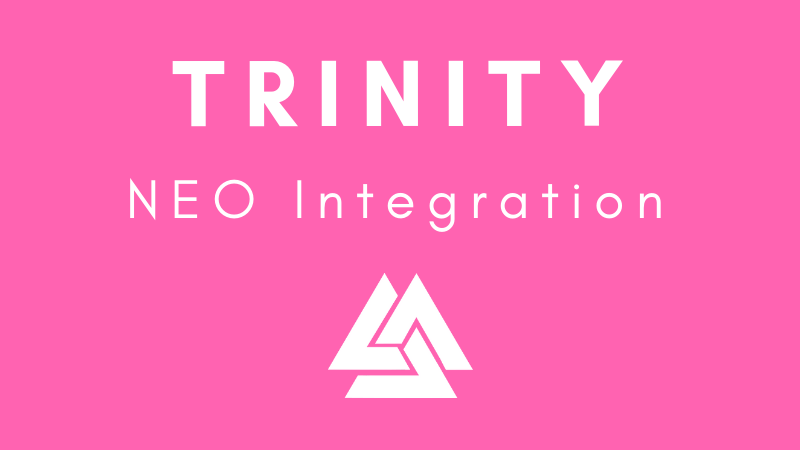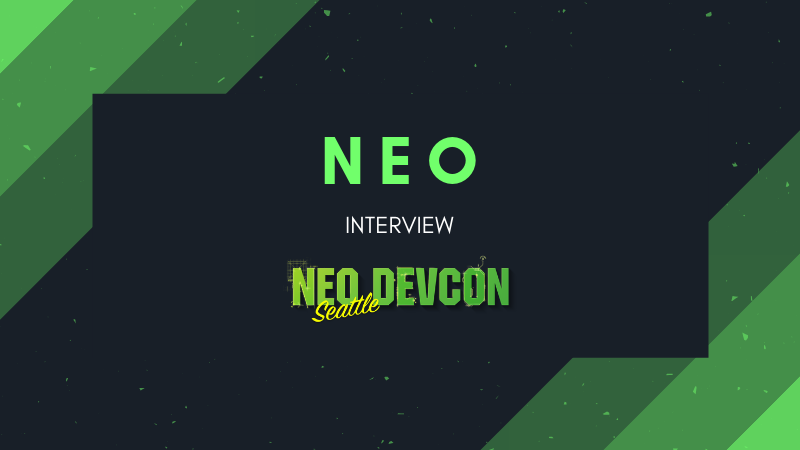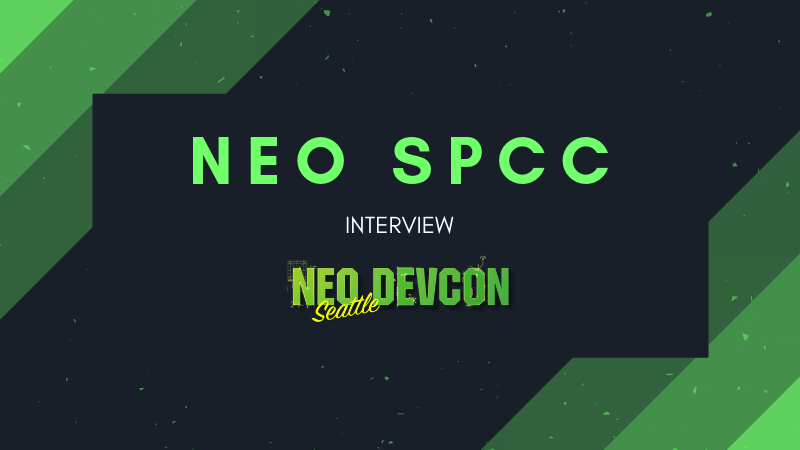
Trinity has announced it has completed development of its Layer-2 architecture. Trinity aims to use a state channel solution to vastly increase the scaling of NEO’s bottom layer by shifting a large amount of transaction volume off-chain, only using the consensus layer for settlement.
Trinity noted that it has maintained a cooperative relationship with NEO since 2017, providing them with the necessary experience to integrate its scaling solution directly into neo-gui. The feasibility of neo-trinity is said to have been verified and successfully tested.
Although state channel and other scaling solutions have been tested on other blockchains in the past, Trinity claim that the neo-trinity implementation marks the first time such a solution has ever been integrated directly into a public blockchain platform. Trinity and NEO hope that this will make the technology widespread by allowing for seamless adoption by end users.
Three steps have been outlined for the development and integration of neo-trinity;
- Addition of a Layer-2 portal to neo-gui, giving users the choice of making their transactions on-chain or off-chain. Neo-gui continues to act as a full node, but with the addition of state channels.
- Use of NEO’s peer-to-peer network to migrate and optimize Trinity gateways, allowing neo-gui to offer state channel routing services.
- Further evolve the integration by providing a Layer-2 network API and dApp development toolkits.
The implementation aims to be another step towards NEO 3.0, allowing users to send large volumes of transactions that are settled quickly and efficiently. By removing the barrier to entry for users, providing resources for developers, and encouraging NEO users to become full node runners, it is hoped that the neo-trinity implementation will empower the entire ecosystem.







About The Author: Dean Jeffs
Dean is a digital project manager who has worked extensively with start ups and agencies in the marketing space. Fascinated by the potential applications of blockchain technology, Dean has a passion for realising the new smart economy.
More posts by Dean Jeffs